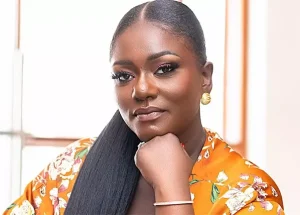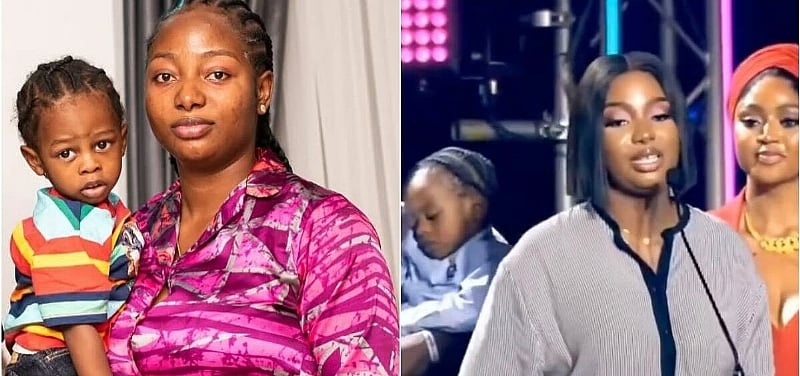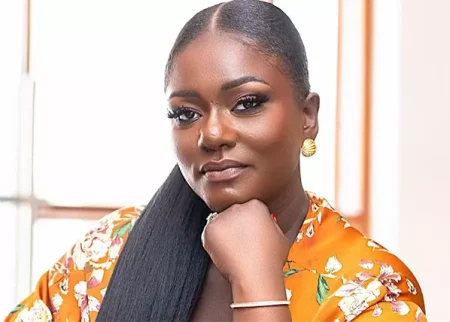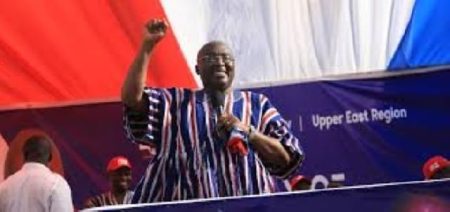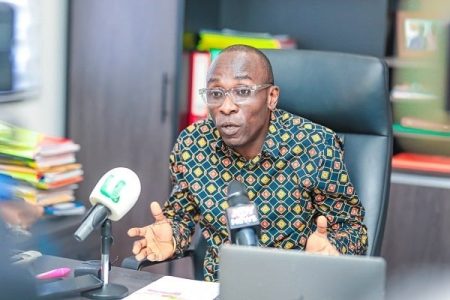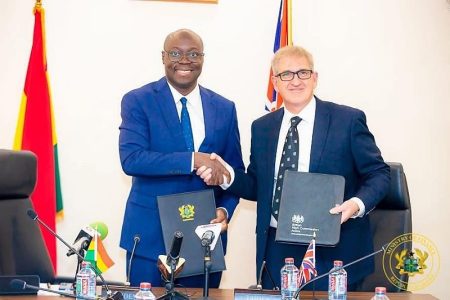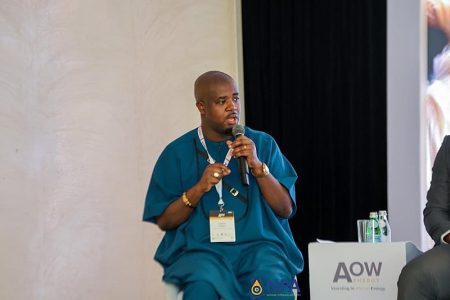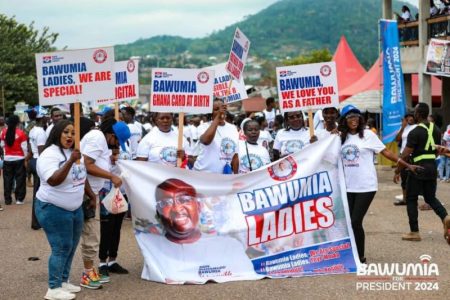The 2025 Headies Awards ceremony, held in Lagos, became a poignant tribute to the late musician Mohbad, whose posthumous wins sparked a wave of emotional responses and discussions. His widow, Omowunmi, and their young son, Liam, graced the stage to accept the two awards on his behalf: the Viewers’ Choice Award for his collaboration with Chike on “Egwu” and the Best Street-Hop Artiste of the Year award for his hit “Ask About Me.” The moment, captured in a widely circulated video, showed Omowunmi dedicating the awards to their son, Liam, emphasizing that Mohbad’s legacy would continue through him. Her heartfelt words resonated with many as she expressed her belief in Mohbad’s enduring presence, choosing not to refer to him as her late husband. The scene, also featuring Mohbad’s younger brother, Adura, further amplified the emotional weight of the occasion.
The public reaction to the posthumous awards and Omowunmi’s moving acceptance speech was multifaceted. Some celebrated the recognition of Mohbad’s talent and contribution to the music industry, viewing the awards as a deserved tribute to his artistry. Others, however, expressed cynicism, questioning the timing of the accolades and suggesting that the Headies had overlooked Mohbad during his lifetime, only choosing to honor him after his tragic passing. This sentiment fueled a debate about the significance of posthumous awards, with some arguing that they serve as a meaningful acknowledgment of an artist’s impact, while others dismissed them as hollow gestures. The presence of Liam on stage also drew mixed reactions, with some finding it touching and symbolic of Mohbad’s enduring legacy, while others questioned the appropriateness of involving a young child in such a public and emotionally charged event.
Omowunmi’s assertion that Mohbad “lives forever, especially through our son Liam,” underscored the powerful message of legacy and continuity that permeated the award ceremony. Her words framed the awards not just as a recognition of Mohbad’s past achievements, but as a celebration of his enduring influence and the promise of his artistic spirit living on through his son. This perspective reframed the narrative surrounding the posthumous honors, shifting the focus from loss to the enduring power of music and family. By dedicating the awards to Liam, Omowunmi symbolically passed the torch to the next generation, entrusting Mohbad’s musical legacy to his son.
The controversy surrounding Liam’s presence on stage reflected broader societal discussions about children’s involvement in public grieving and memorialization. While some viewed it as a beautiful tribute to Mohbad and a powerful symbol of his continued presence in his son’s life, others expressed concern for Liam’s emotional well-being, arguing that such a public and emotionally charged event might be overwhelming for a young child. This debate highlighted the complexities of navigating grief and remembrance in the public eye, particularly when children are involved. The varying opinions reflected differing perspectives on child development, emotional processing, and the appropriate boundaries of public exposure for young children experiencing loss.
Adding another layer to the online discourse were comments questioning Liam’s resemblance to Mohbad, a sensitive topic that sparked further debate about the appropriateness of speculating about a child’s paternity, especially in the context of a grieving family. Such commentary highlighted the potential for online platforms to amplify insensitive remarks and the importance of exercising empathy and respect when discussing personal matters, particularly those involving children and loss. The incident underscored the need for responsible online engagement and the potential harm of insensitive speculation, especially during times of grief and vulnerability.
The various reactions to Mohbad’s posthumous awards at the 2025 Headies underscore the complex interplay of grief, recognition, and public perception. The event itself was a microcosm of societal attitudes towards posthumous honors, the role of children in public mourning, and the responsible use of online platforms. While some celebrated the awards as a fitting tribute to a talented artist gone too soon, others questioned their timing and significance. The presence of Liam, while intended as a powerful symbol of Mohbad’s enduring legacy, also sparked debate about the appropriateness of involving a young child in such a public display of grief. Ultimately, the event and the ensuing discussions served as a reminder of the multifaceted nature of loss, legacy, and the challenges of navigating grief in the public eye. The story of Mohbad’s posthumous awards transcends the realm of music and becomes a reflection on societal values, online behavior, and the enduring power of family in the face of loss.


